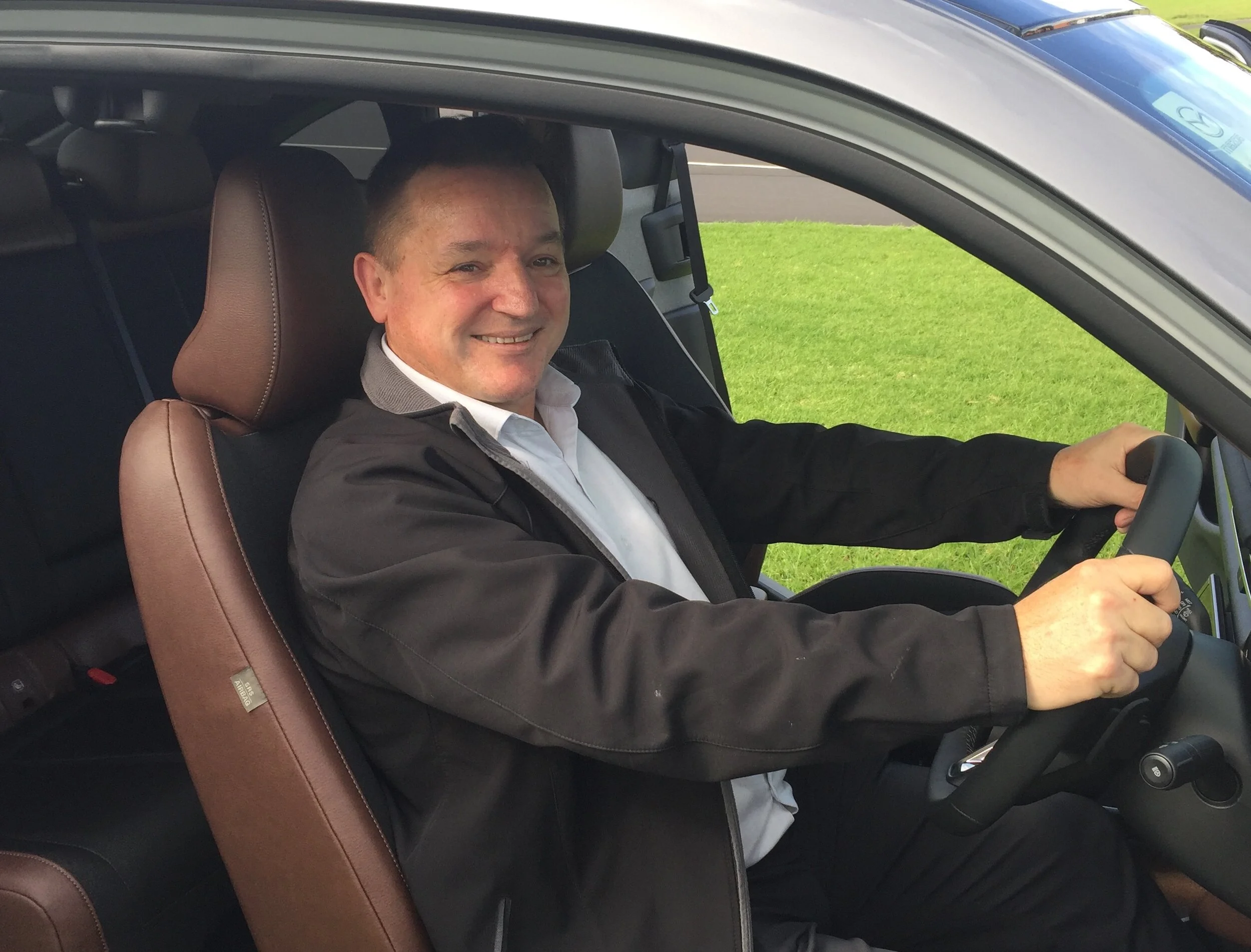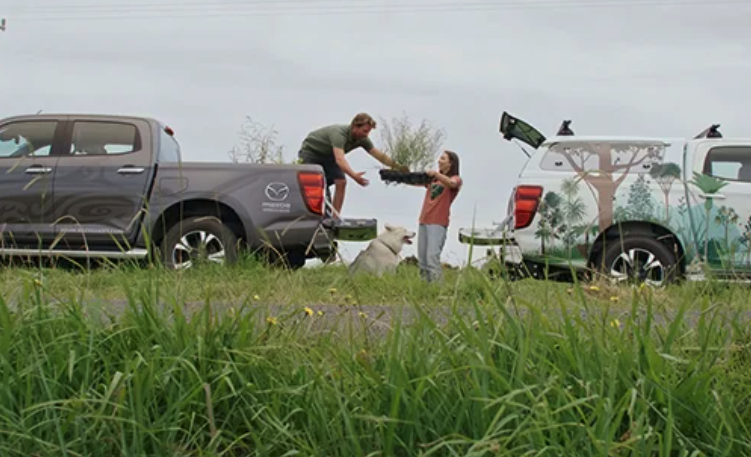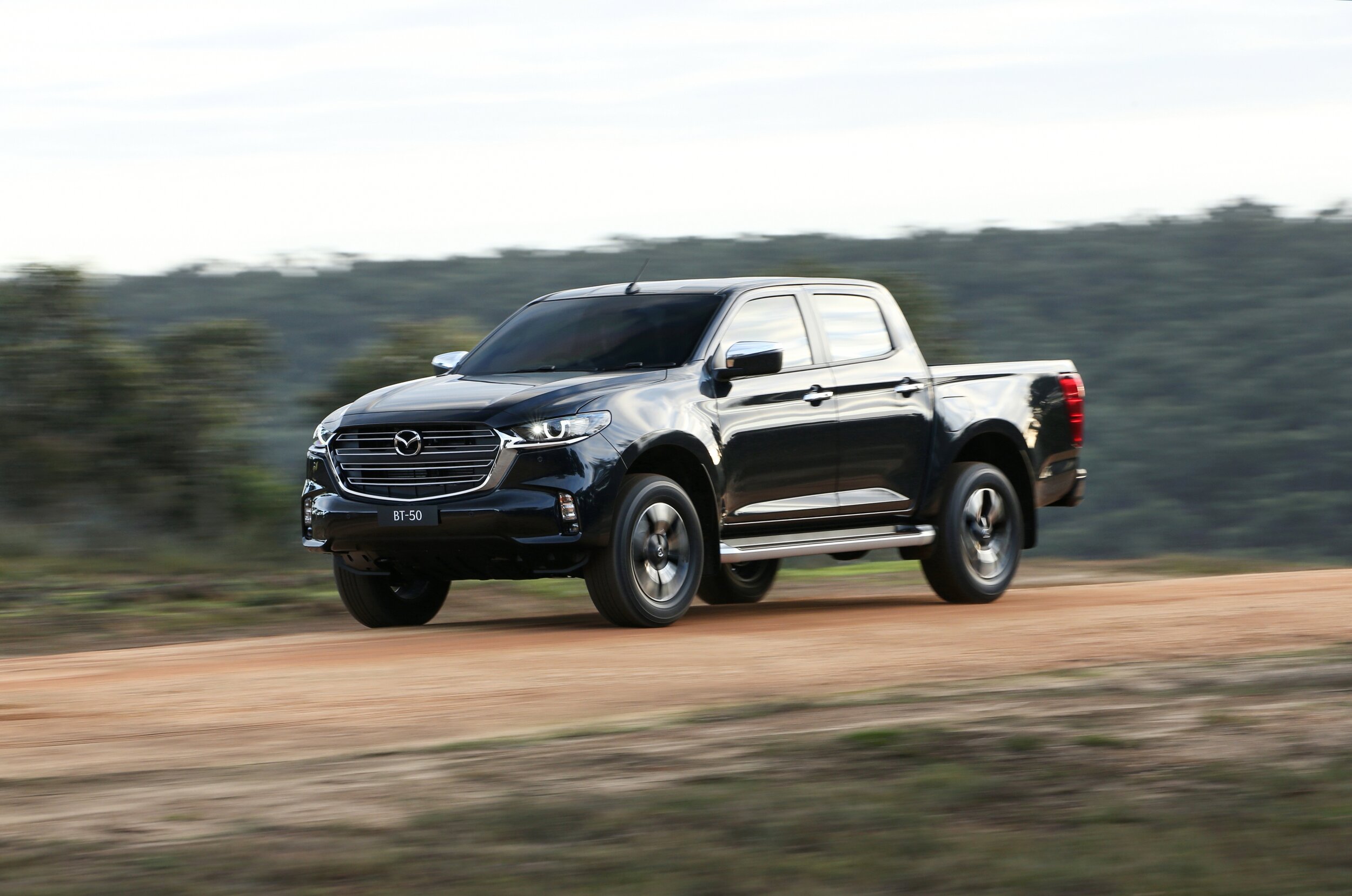Why 'e' isn't just for 'electric'
/David Hodge, Mazda New Zealand’s managing director, explains why environmental initiatives are so important to his brand.
BEING in the business of making and selling products that create greenhouse gases responsible for global climate change also fuels Mazda’s eco-consciousness.
It all began in 2007 with Sustainable Zoom-Zoom, a multi-solution plan to reduce vehicle emissions; including a key resolution to reduce “well to wheel” CO2 emissions from its vehicles by 50 percent by 2030 and by 90 percent by 2050.
SkyActiv technologies to improved engine efficiency is just the part of it. Mazda is in the E-Fuel Alliance, which promotes synthetic fuels, as it believes the internal combustion engine will power the majority of vehicles worldwide for many years yet. Regardless, it’s also, of course, now in the electric vehicle sector, with the MX-30, but with an e-twist: It uses smaller batteries in this fleet to minimise environmental impact.
Mazda NZ managing director David Hodge, above, takes pride in Mazda’s strategies, not just internationally but also locally, where the big initiative is the planting of 10s of thousands of native trees, to restore and enhance the country’s biodiversity by sequestering CO2 from the atmosphere.
It began by supporting Project Crimson, which sought to protect the pohutukawa, progressed to the TREEmendous programme, which helps schools plant native trees in their grounds - so far upwards of 40,000 – and has now branched to Trees That Count. The sale of every new Mazda funds the purchase of five native trees every time a new Mazda is sold. So far more than 76,000.
“It makes us feel bloody good,” says Hodge. “So, we’ll keep funding and planting trees.
“We all realise there’s an increasing need to address sustainability. But with the motor vehicle industry the pathway isn’t just all about electric vehicles.
“Even though Mazda is all aboard EVs because we realise they are a big part of the sustainability solution for the future, we think there are other practical ways to contribute to the solution.
“It doesn’t matter if it is human activity or further development of machinery, the goal is still the same. It’s all about dealing with a bigger picture regarding climate change.”
MotoringNZ.com: Arrival of the MX-30 is going to add only in a small way to Mazda sales in New Zealand, isn’t it?
David Hodge: Absolutely, and we’re under no illusion about that – it will be a small volume vehicle. But remember, we will also be bringing in a hybrid petrol version as well as the full EV.
MNZ: But you’d still describe the MX-30 as a halo vehicle, wouldn’t you? Or is it the beginning of a larger involvement in the EV side?
DH: Both, actually – a halo model and the beginning of a new set of technologies. We’ve got limited knowledge about that at this stage. But we do know there’s a range of electrification technologies coming.
MNZ: How are things going for Mazda New Zealand at the moment? How is your brand performing in the so-called post-Covid vehicle sales boom?
DH: Surprisingly good – we’re pleasantly surprised with how the market is going. Not just in terms of volume, but quality of sales as well. Our product has shifted up in terms of quality and grade mix, and our customer base has moved away from fleet and more towards private and very small user-chooser fleets.
MNZ: This would be because of the high level of SUVs you have in your fleet?
DH: Yes, that’s helped. But we’re also seeing it in what we call our 7G products – that’s the Mazda3 onwards – that there is an increase in the premium-ness level of those products. For example, with the Mazda3 we’ve dropped off the entry level GLX grade. Same with the CX-30 where we haven’t had a GLX. And the same more recently with the Isuzu-built BT-50 - again we don’t have an entry model, we’ve gone straight to mid-grade and higher grade as well.
MNZ: Talking about BT-50, how has that been going since launch?
DH: It’s a slow burn, I would say. We’re not disappointed, but it’s pretty much bang-on where we thought it would be. We’re still running both trucks on the market at the moment. The last of the prior model have just landed in the country, so once that is cleared through dealers which will be very very fast, then the dealers will be able to focus purely on the new model.
For them, it was always going to be a challenge, because it is a whole new set of buyers. Unlike some of our passenger range where we are getting buyer retention, it is not so much with the BT-50 – so it is new buyers.
MNZ: Does that mean that once the old models go, you will bring in more of an entry version of the new BT-50?
DH: No, we’re happy with what we’ve got now.
MNZ: And what about the SkyActiv-X technology? What has the acceptance of that been like?
DH: On Mazda3, probably more successful than CX-30. But with stock levels at the moment being a bit tight, it’s hard the gauge the true demand. We’re sold out of both – I was going to have one as a drive car but that simply hasn’t been possible - so that probably suggests SkyActiv-X has been going quite well.
MNZ: What about stock availability? Are you still being affected by the Covid pandemic?
DH: Not so much Covid, but certainly semi-conductors – I think every brand is affected to different degrees. There was a fire in a semi-conductor factory in Japan in late March, and although it isn’t a direct supplier to Mazda they do supply our component makers.
MNZ: So there are shortages in every model line?
DH: Well, not every model line. In May we had some production cuts, but it was pretty much only CX-3, and it was reasonably small cuts.
MNZ: Three years ago Mazda forecast that pure electric vehicles would at most make up only around five of Mazda sales internationally, because there was life yet in the internal combustion engine. But now you’ve got MX-30. It must be exciting for you to see what is now happening.
DH: It certainly is an exciting time for me and the automotive industry. You’re right - technology changes are happening now at a faster rate than they ever have in the past. What that tells us is that with motor vehicle technology developments, you can never say never.




















